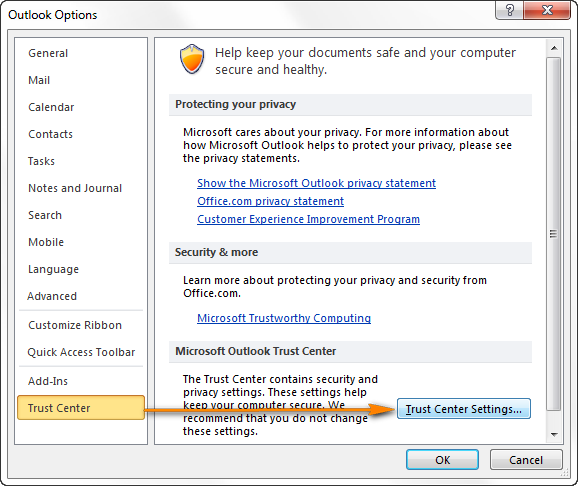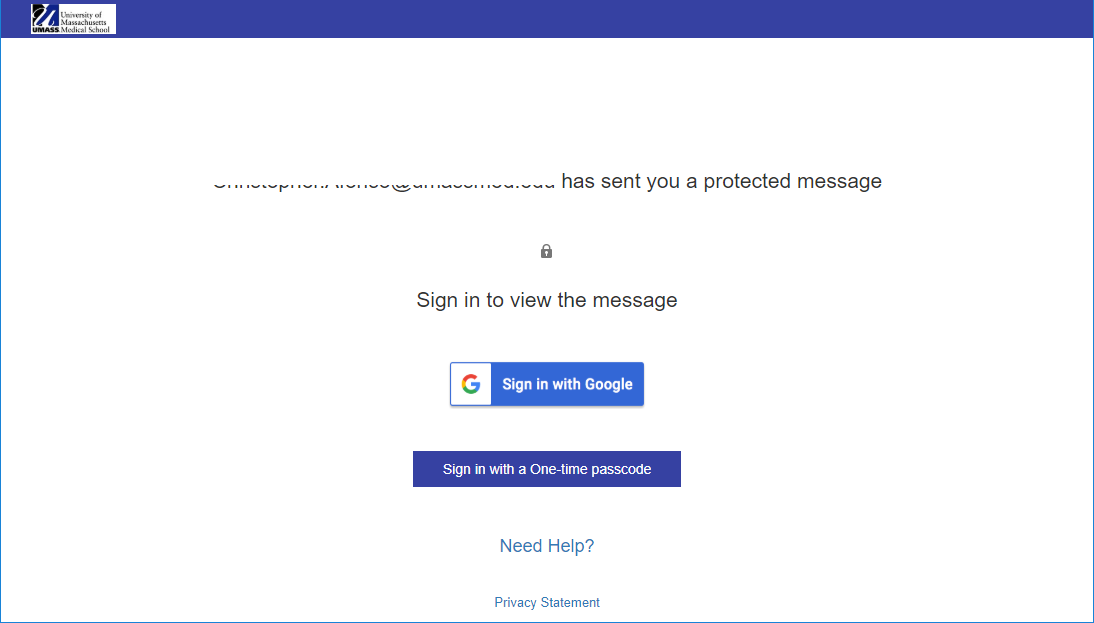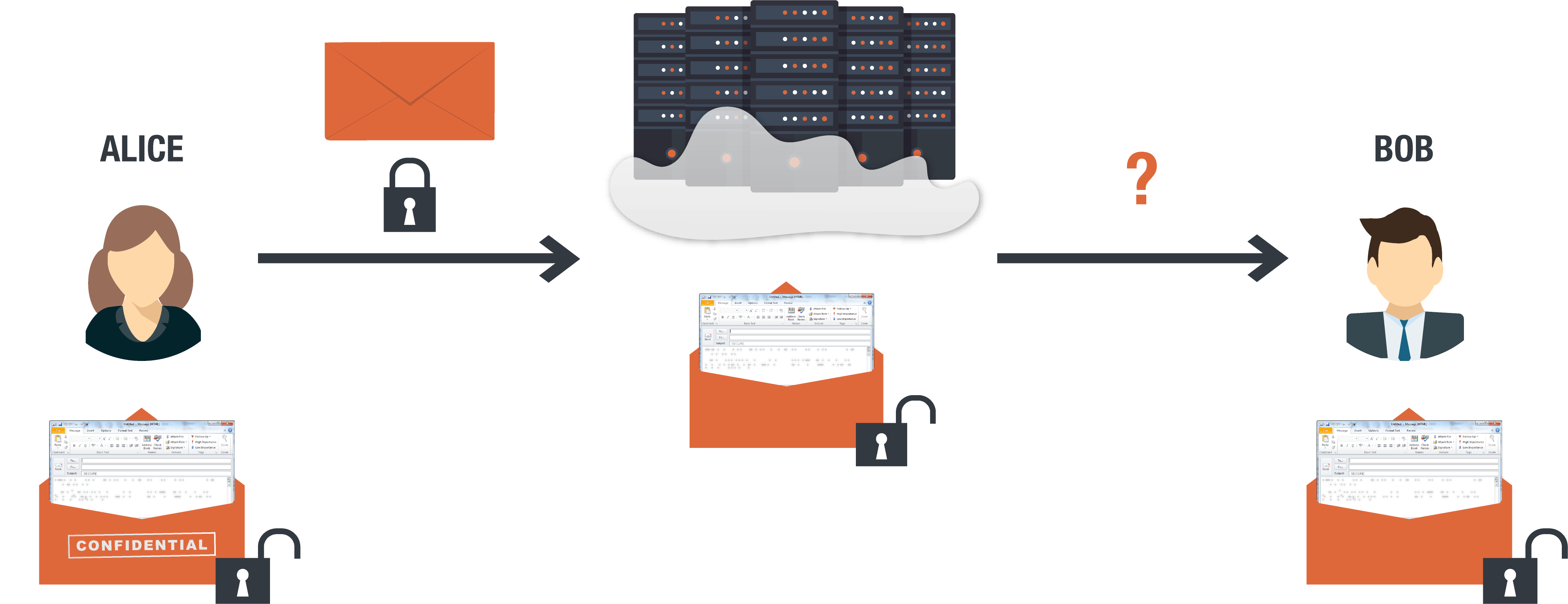

In the Outlook menu, under Tools, choose Accounts and select your Exchange account.On the top, right hand corner of the screen, select the wheel and Settings will open.Note: This is also a version of OWA only accessible using Internet Explorer 9 and above for S/MIME. Most users will not have these boxes checked and you do not need them checked.


If they are checked, you are using S/MIME.Look to see if Encrypt contents and attachments of all outgoing messages and Add a digital signature to all outgoing messages check boxes are checked.If they are unchecked, you are not using S/MIME.Note: This is the version of OWA only accessible using Internet Explorer 9 and above for S/MIME. In this case, you can see that the user is configured for S/MIME using their personal certificate.Select Settings in the previous window.This shows that the user is not configured to use S/MIME. Under the File menu, select Options then Trust Center.In the Settings window below, you can see that the user is configured for S/MIME using their personal certificate.In this window, the user is not configured for S/MIME and this is the default setting.Under the Files tab, select Options then Trust Center then on Trust Center Settings.If you are unsure if you are using S/MIME and want to confirm if you are or are not, follow the instructions below. You should use S/MIME only if you have local technical support resources who are willing and able to help you. IS&T does not provide support for S/MIME at this time, so we cannot help you configure or troubleshoot it.

If you accidentally delete it, or if you lose it in a hard drive failure, you will permanently lose access to your encrypted messages. Most importantly, you must be sure to back up the personal certificate you use for S/MIME.


 0 kommentar(er)
0 kommentar(er)
